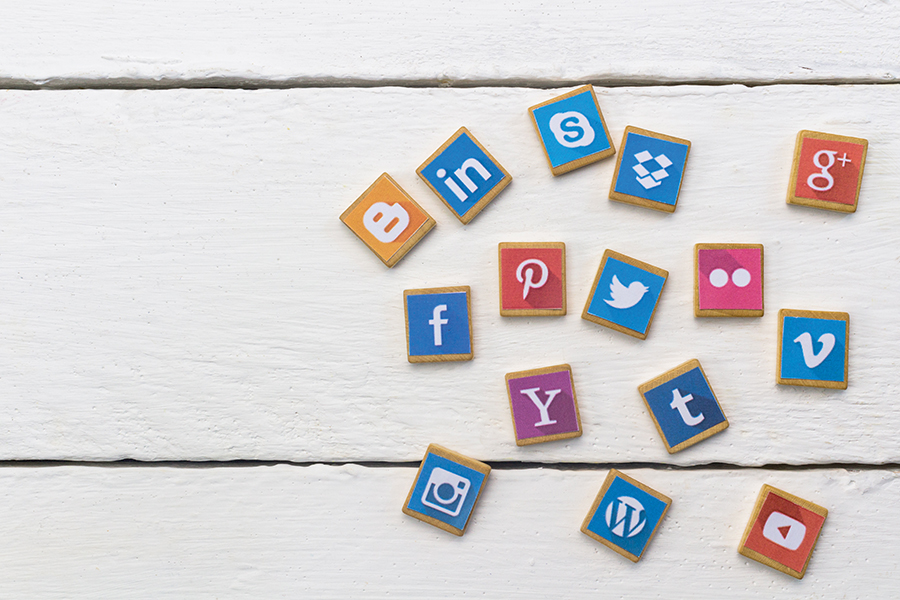Indeed, results from a Trust Radius survey highlights some of the dilemmas faced by marketers with 60 per cent reporting that “measuring ROI as one of their top three social media marketing challenges” and 40% of B2B marketers admitting that they were not sure whether any social channels had generated any business revenue. Herein lies the issue. What exactly are you measuring to calculate your ROI?
Whilst ROI is important, it may well depend on what stage you are with your social media strategy. In the last issue, we pointed out the importance of determining your activity, identifying your audience and then stimulating engagement with the right content. The ROI should therefore relate back to the initial goals you have set. While B2C companies are driven to influence customers to buy something, it could be that your B2B objectives are set on becoming a recognised authority in your industry or a particular topic. That doesn’t mean however that your goals can’t be quantifiable. Examples could include: filling out a contact form, establishing preferences, signing up for a newsletter, downloading a whitepaper, views on a video, clicks on a website link or engagement in social media interaction (shares, likes, followers). The latter may well be nice to have and are certainly quantifiable but too often they are used by companies as the only measurement. Social media analysts refer to these as engagement, amplification and affinity rates. Of course, positive likes and shares demonstrate an interest and provide a useful sanity check on your content. Extending your audience through a share can be valuable and endorsement through an influencer can be extremely helpful.
Equally, leads that can be converted into sales may well be a by-product of your objectives but it shouldn’t necessarily be seen as the priority. There are other marketing activities better placed to fulfil that. However, measuring your social media goals provide information on where you might need to improve your efforts and which social media channels are performing better.
Tools to help you
Keeping track of your goals is vital. Setting goals that can be measured and are based on your customers or potential customers taking actions enables you to use measurement tools. For instance, Google Analytics records conversions that are being generated from social media. These can be anything from buying a product to signing up to a webinar or downloading a PDF. There are many tutorials on the web that can help with this and other reports available from Google Analytics. It’s a good idea to find out what analytics tools are available from whatever social network you are using – which Tweets are performing best, what time of day do your Instagram posts achieve most engagement, what results are you getting from your LinkedIn posts. Many of the tools are free and have some useful dashboards that you can use and customise. In addition to these, there are now a plethora of social media analytics tools vying for your business. With these, you can measure performance across most social media channels within a single platform. This makes it much easier to track and compare. Hootsuite or Klipfolio for instance. Or you can use an independent tool that measures a specific platform. Naturally, there is a cost associated to these.
Of course, all of these analytics are great but to truly get a picture of the effectiveness of your social media marketing, the most important and often forgotten part to measure is the investment that you have made. ROI = (return-investment) / investment. Whilst it’s free to use Twitter, LinkedIn and Facebook, the major investment is probably going to be in your time, along with any paid for analytics tools. If you also pay for social media advertising that would need to be included as well. Probably one of the most difficult parts is monetising the values you attribute to some of your goals: how much is a new customer worth, how valuable is keeping an ongoing relationship to your business or registering a customer to an event. Every business will be different but if you can attach a £ sign to it, then you can calculate a true ROI. Of course, it’s easy if you are using one channel with one specific offer linked to a sale but that’s seldom the case as most marketing campaigns tends to adopt an integrated approach. No-one said it would be easy, hence why it’s often the part that’s neglected.

